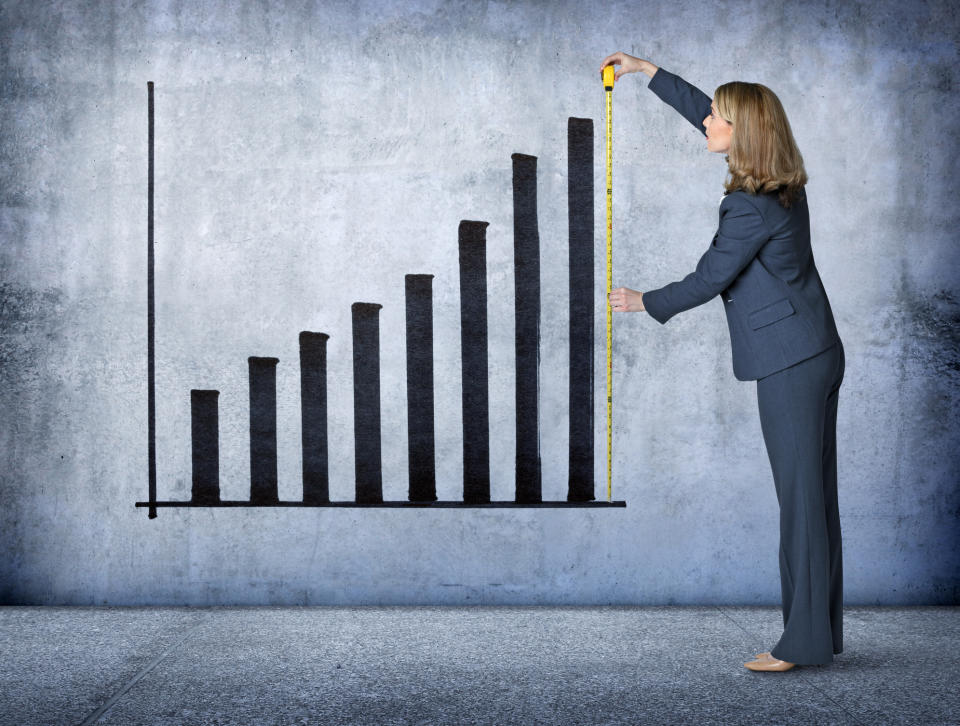History Says This 7%-Yielding Stock Will Pay You a Bigger Dividend Next Year, Even If There's a Recession

There are growing concerns that the economy is barreling toward a recession. Higher interest rates are starting to impact economic growth, and many worry that if the Federal Reserve waits too long to cut rates, it could trigger a recession.
While a recession could have a major impact on some companies, it likely won't affect Enbridge (NYSE: ENB) at all. The leading North American pipeline and utility operator generates very durable cash flow and has very visible growth prospects. So, even if there's a recession next year, Enbridge will have plenty of fuel to continue increasing its nearly 7%-yielding dividend.
A track record of consistency
Enbridge has paid dividends to its investors for over 69 straight years. In late 2023, the company notched its 29th consecutive year of increasing its payout when it raised its dividend by 3.1% for this year. That period included three recessions and several other notable oil market downturns.
The company's low-risk business model is a big driver of its remarkable consistency. Enbridge currently gets 98% of its earnings before interest, taxes, depreciation, and amortization (EBITDA) from stable cost-of-service or contracted assets. Its earnings are so predictable that it has achieved its annual financial guidance for 18 straight years, including two recessions and two other periods of oil market dislocation.
Enbridge has been working to enhance the stability of its earnings profile by upgrading its portfolio. For example, it has sold assets with exposure to commodity prices (like its investments in Aux Sable and DCP Midstream) and recycled that capital into stable assets, including three natural gas utilities it's acquiring from Dominion.
The company also has an incredibly conservative financial profile. Enbridge has a reasonable dividend payout ratio of 60% to 70% of its stable cash flow. That enables it to retain billions of dollars in excess cash flow each year to fund new investments and maintain a strong balance sheet. The company currently boasts an investment-grade credit rating backed by a leverage ratio toward the low end of its 4.5-5.0 times target range. It expects leverage to fall as it captures the full benefits of its utility acquisitions.
Plenty of growth is coming down the pipeline
Enbridge expects its utility acquisitions to move the needle in 2025 and beyond. It anticipates the transactions will be accretive to its cash flow in the first full year of ownership, which should increase over time. It's investing several billion dollars in capital into those utilities over the next three years. That should drive 8% earnings growth for those businesses.
Those capital projects are only a slice of Enbridge's backlog. The company's secured capital program currently stands at 24 billion Canadian dollars ($17.7 billion). It has projects under construction that should come online through 2028, including new natural gas pipelines, oil storage and export capacity additions, offshore wind farms, and others.
Enbridge's secured capital project backlog alone should grow its EBITDA by around 3% annually. In addition, the company expects cost savings and optimizations to add another 1% to 2% to its bottom line each year.
The company's secured growth program will cost it CA$6 billion-CA$7 billion ($4.4 billion-$5.2 billion) per year. That's less than the CA$8 billion-CA$9 billion ($5.9 billion-$6.6 billion) in annual investment capacity it has when adding its excess free cash flow after paying dividends to its additional debt capacity. Using its excess capacity to make bolt-on acquisitions or sanction additional capital projects could add another 1%+ to its annual earnings growth rate.
With its earnings growing by around 5% annually, Enbridge has the fuel to continue increasing its dividend. It sees the potential to increase its payout by around 3% annually through 2026 and by as much as 5% per year after that.
If history is the guide, this payout will continue to rise
Enbridge has navigated recessions with ease over the past several decades thanks to the overall stability of its low-risk business model. Its business generates steadily rising earnings and cash flow. Given the strength of its financial profile and the visibility of its growth prospects, that should continue in 2025 and beyond. Because of that, it's a great low-risk dividend stock to buy if you're worried that a recession is nigh.
Should you invest $1,000 in Enbridge right now?
Before you buy stock in Enbridge, consider this:
The Motley Fool Stock Advisor analyst team just identified what they believe are the 10 best stocks for investors to buy now… and Enbridge wasn’t one of them. The 10 stocks that made the cut could produce monster returns in the coming years.
Consider when Nvidia made this list on April 15, 2005... if you invested $1,000 at the time of our recommendation, you’d have $792,725!*
Stock Advisor provides investors with an easy-to-follow blueprint for success, including guidance on building a portfolio, regular updates from analysts, and two new stock picks each month. The Stock Advisor service has more than quadrupled the return of S&P 500 since 2002*.
*Stock Advisor returns as of August 22, 2024
Matt DiLallo has positions in Enbridge. The Motley Fool has positions in and recommends Enbridge. The Motley Fool recommends Dominion Energy. The Motley Fool has a disclosure policy.
History Says This 7%-Yielding Stock Will Pay You a Bigger Dividend Next Year, Even If There's a Recession was originally published by The Motley Fool